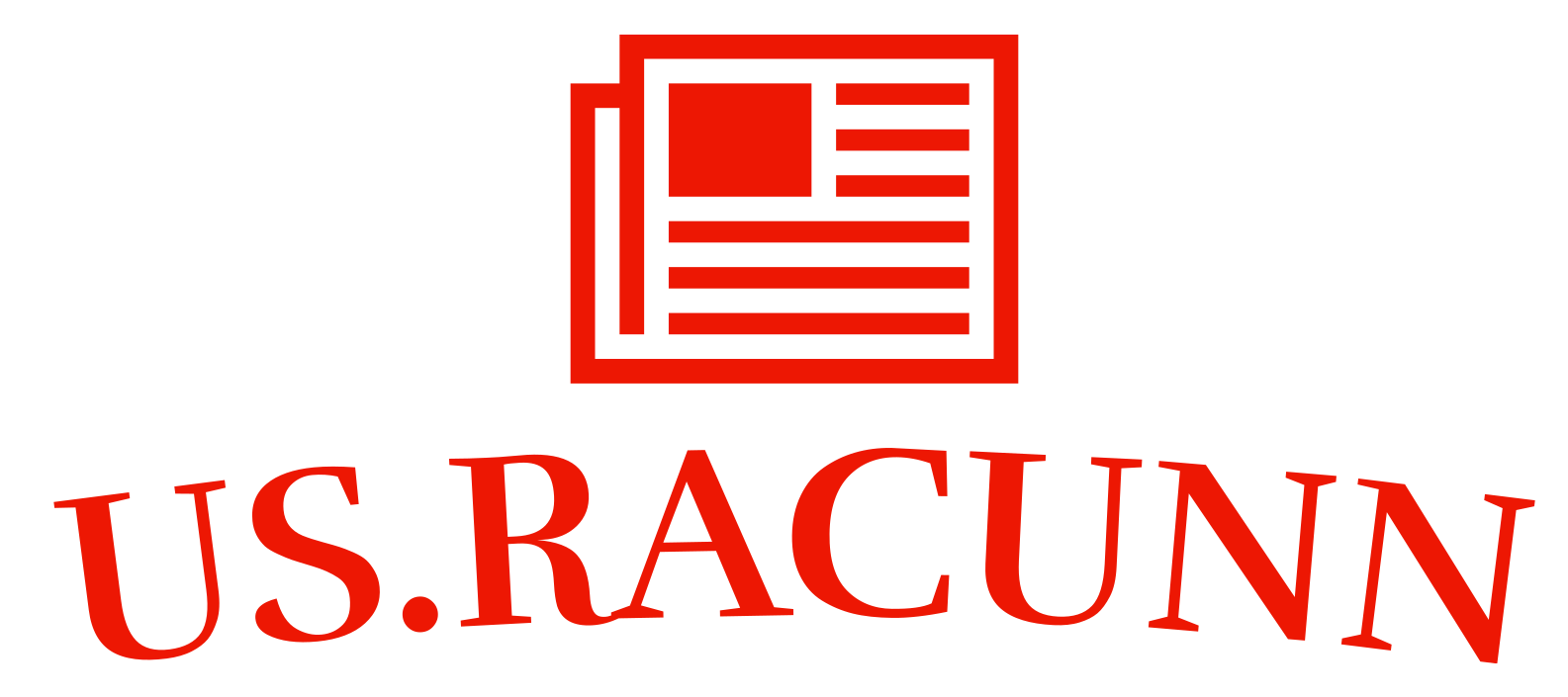Title: Embracing the Undefined: The importance of Relating to Living Things As humans, we have a tendency to put things into boxes, to label and categorize. We have created complex systems of classification to try and make sense of the world around us. However, when it comes to living things, this approach can fall short. Living beings are complex and ever-changing, and our attempts to define them can limit our understanding of their true nature. It is in the undefined spaces between categories that we can truly connect with the living world around us. Embracing the ambiguity and the unknown can allow us to relate to the world in a deeper and more meaningful way. Consider the experience of connecting with an animal. We may start with a simple label - "dog", for example - but as we spend time with the animal, we begin to see its unique personality and quirks. We start to understand its likes and dislikes, its fears and desires. Our relationship with the dog becomes something more than just a classification. It becomes a connection between two living beings. This same approach can be applied to all living things, from plants to insects to humans. When we let go of our need to categorize and instead focus on the undefined spaces between labels, we open ourselves up to a world of wonder and connection. Of course, this does not mean that we should abandon all attempts at classification. Categories and labels can be useful tools for understanding and communicating. However, we must be careful not to let these classifications limit our understanding or our empathy for the living beings around us. So, the next time you encounter a living thing, try to embrace the undefined. Look beyond the labels and classifications, and instead focus on the unique qualities and connections that make each living being so special. By doing so, you may just discover a new level of connection and understanding with the world around you. Lee Taylor makes it all add up. ![]()

